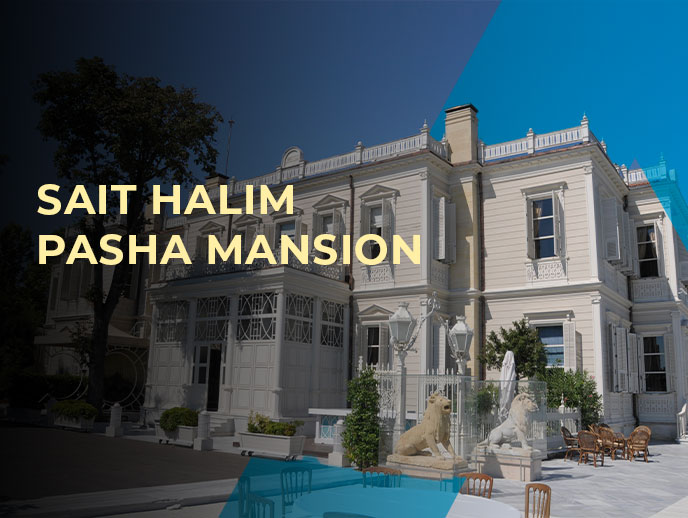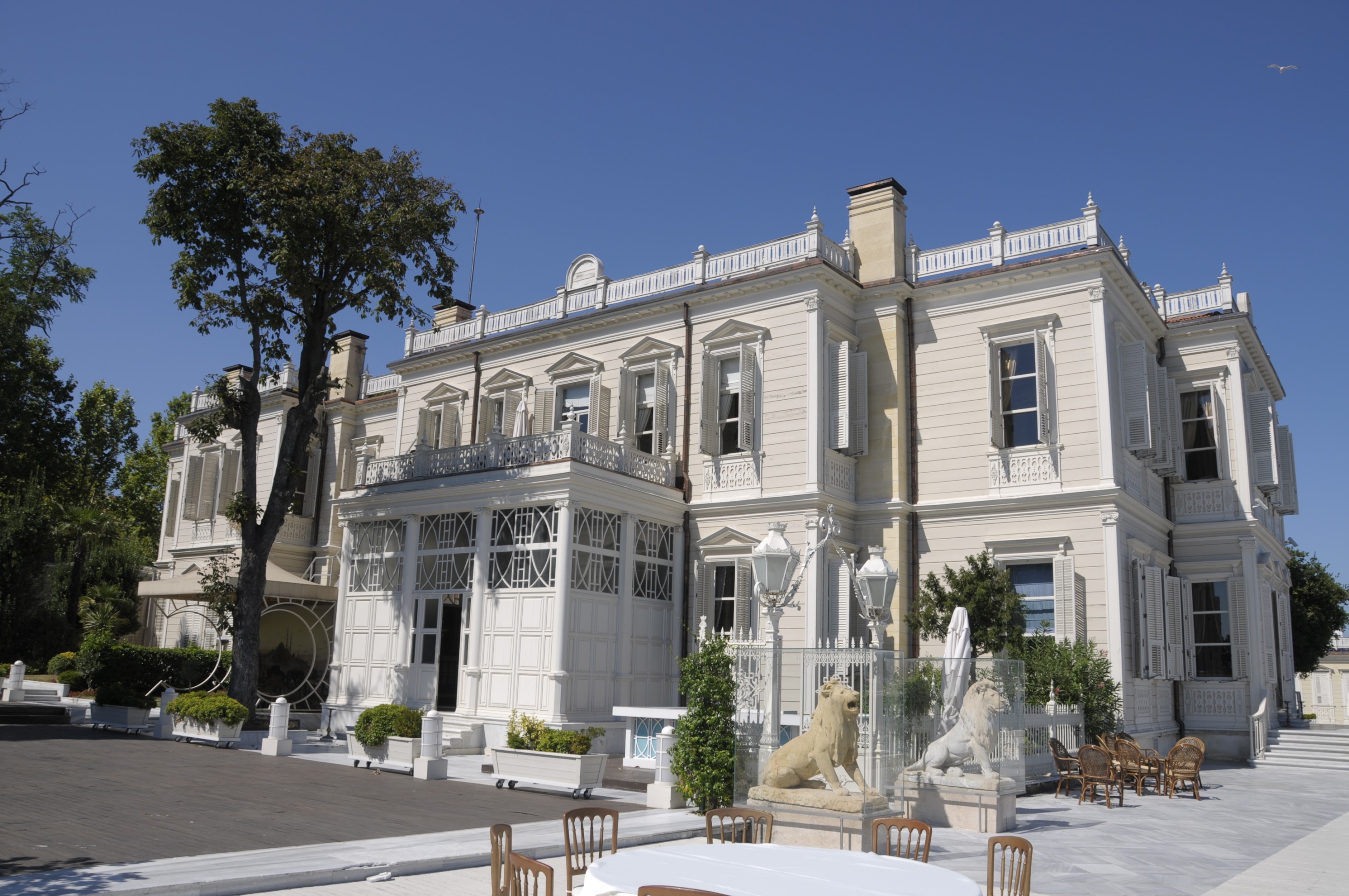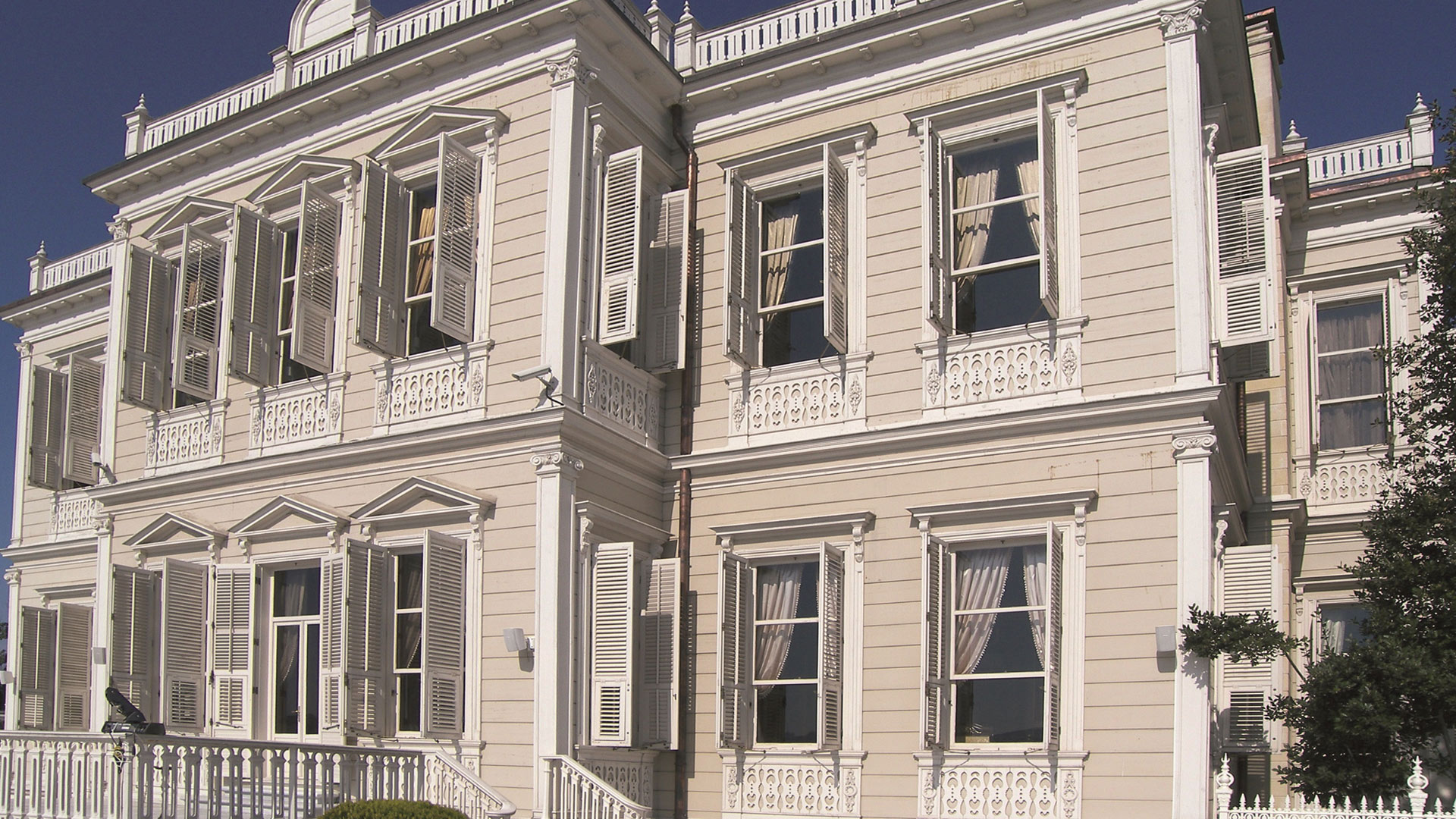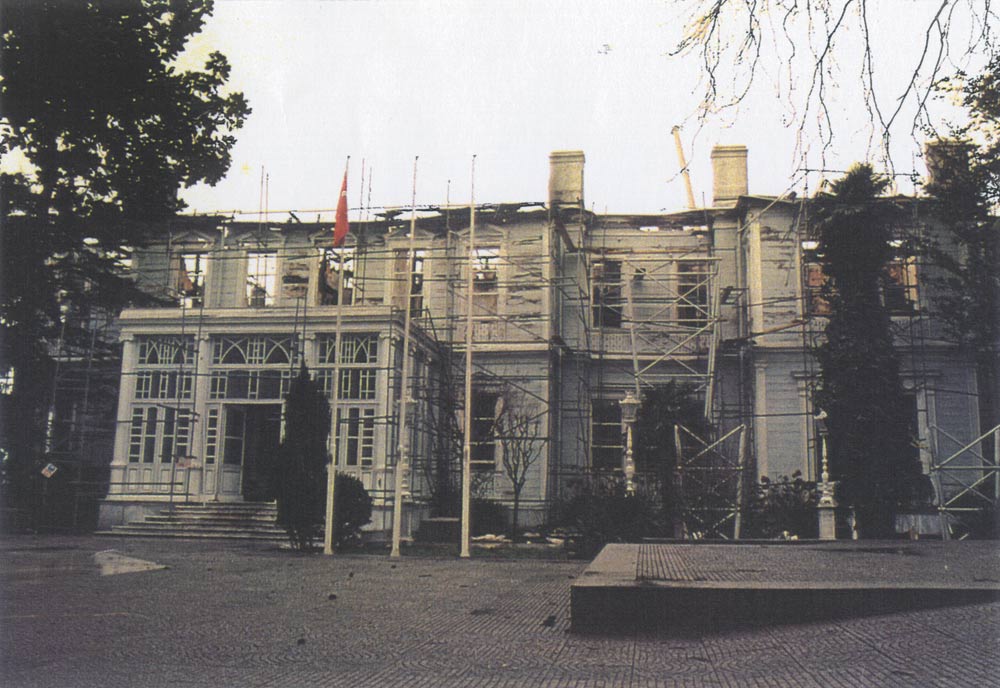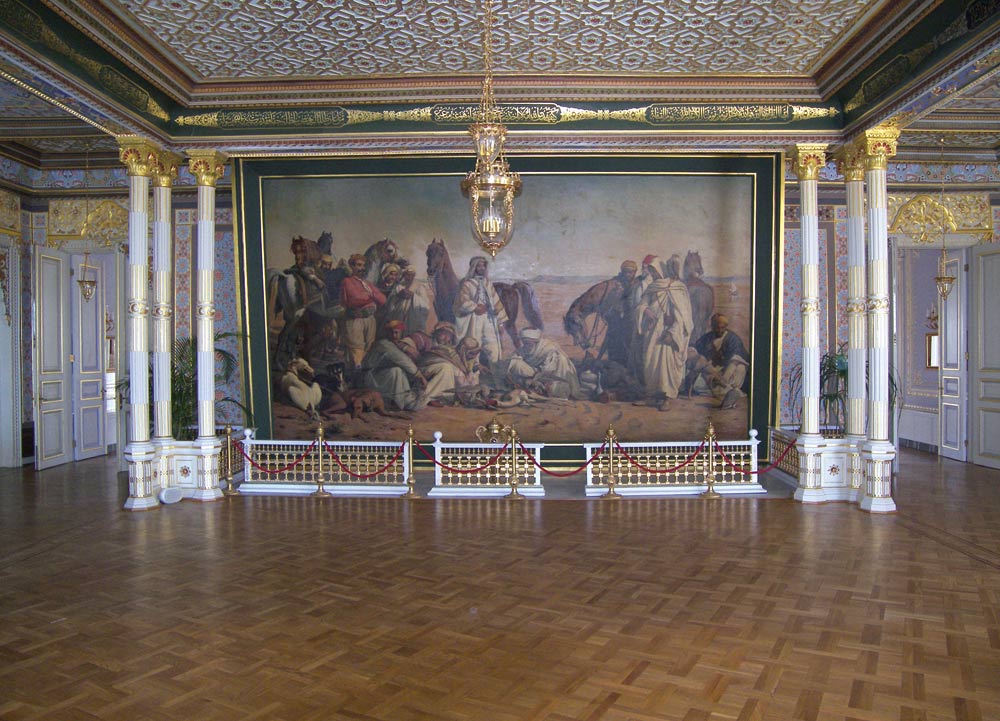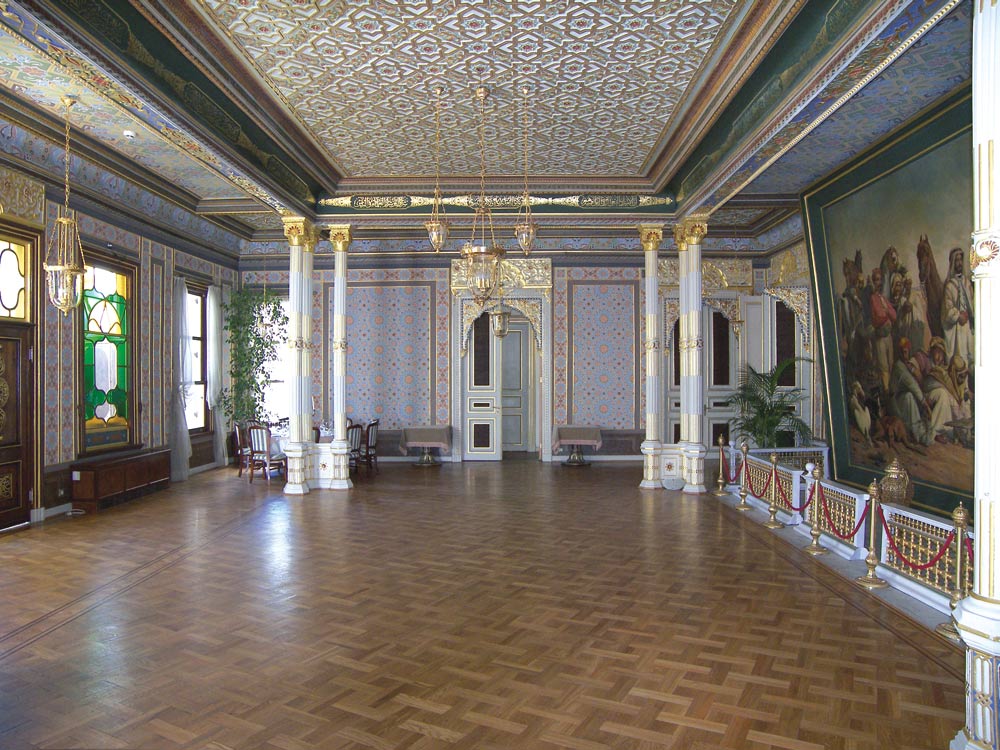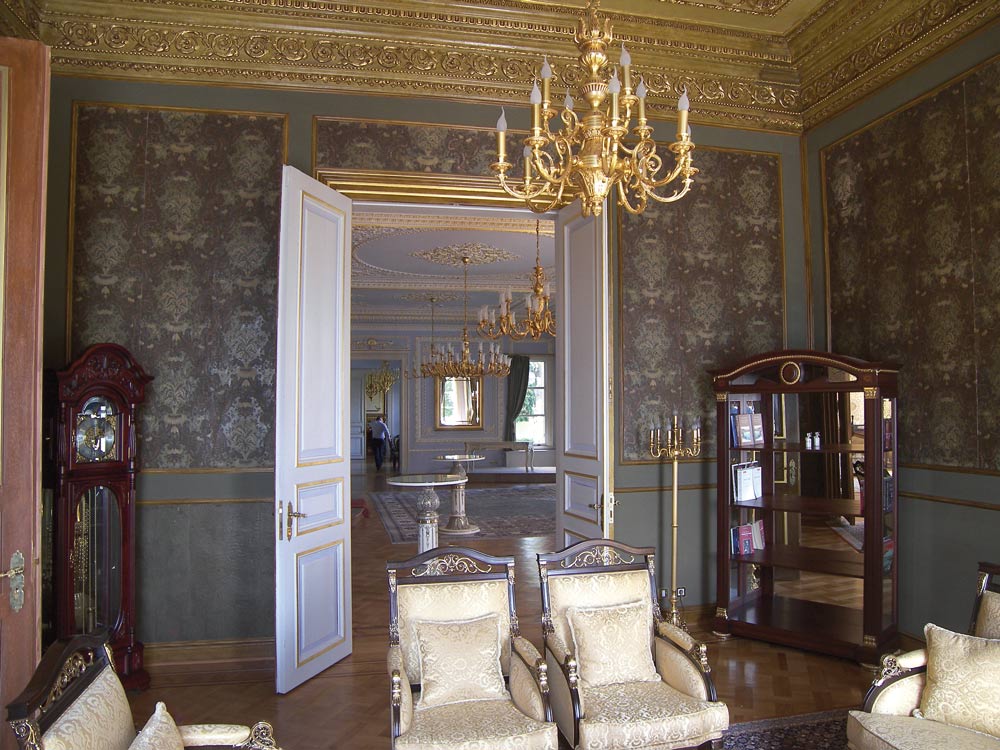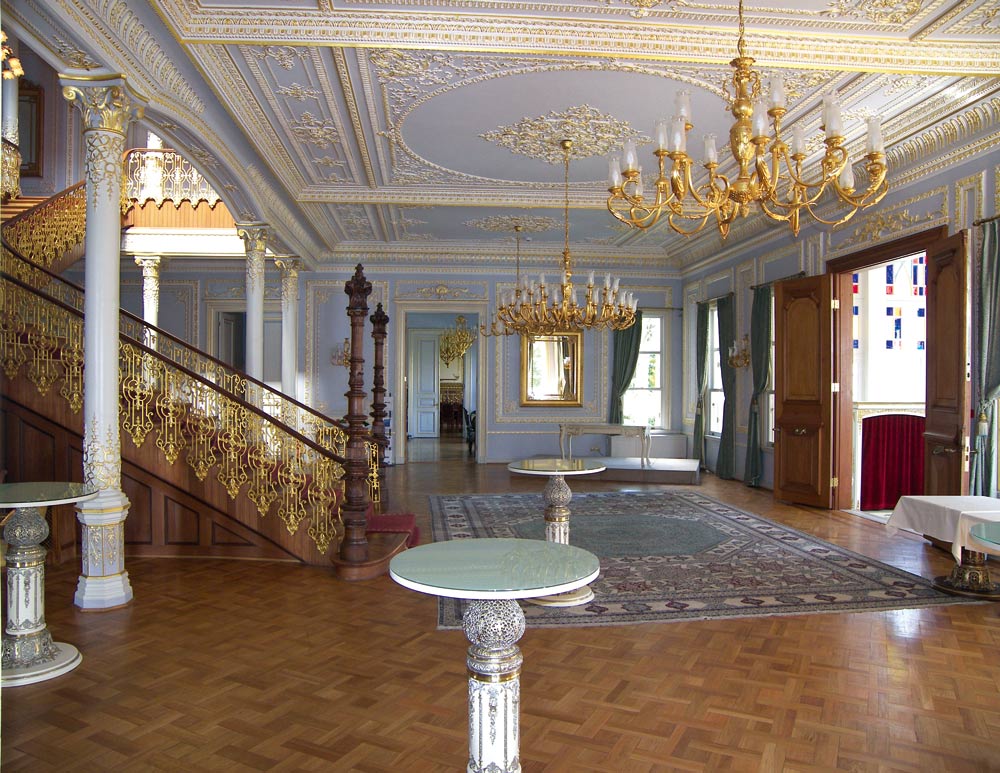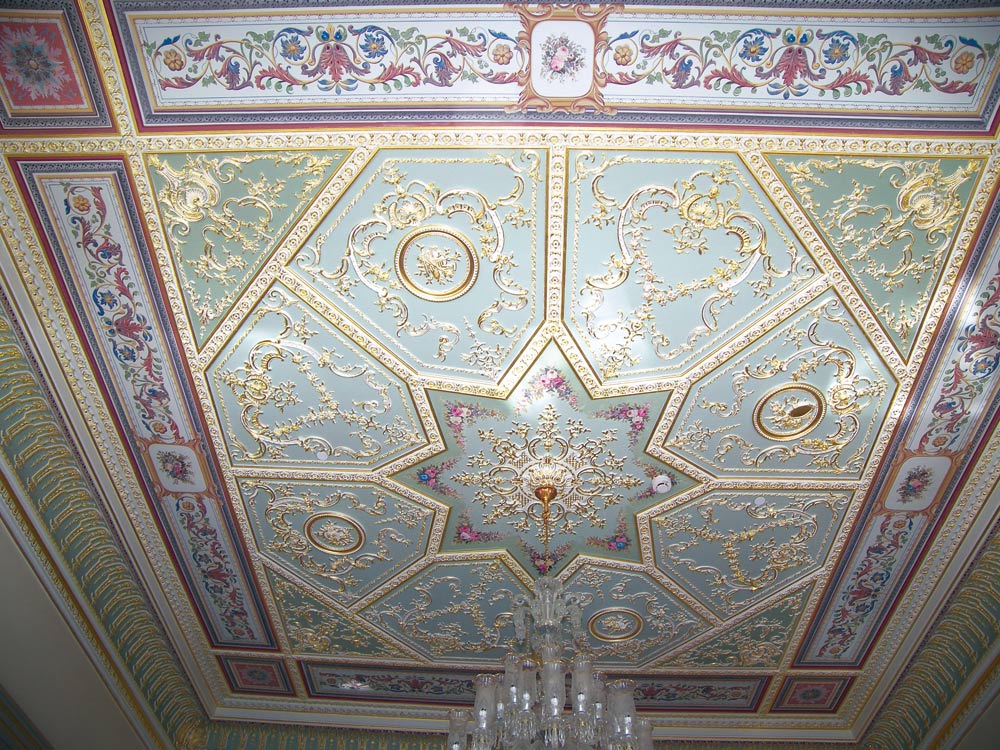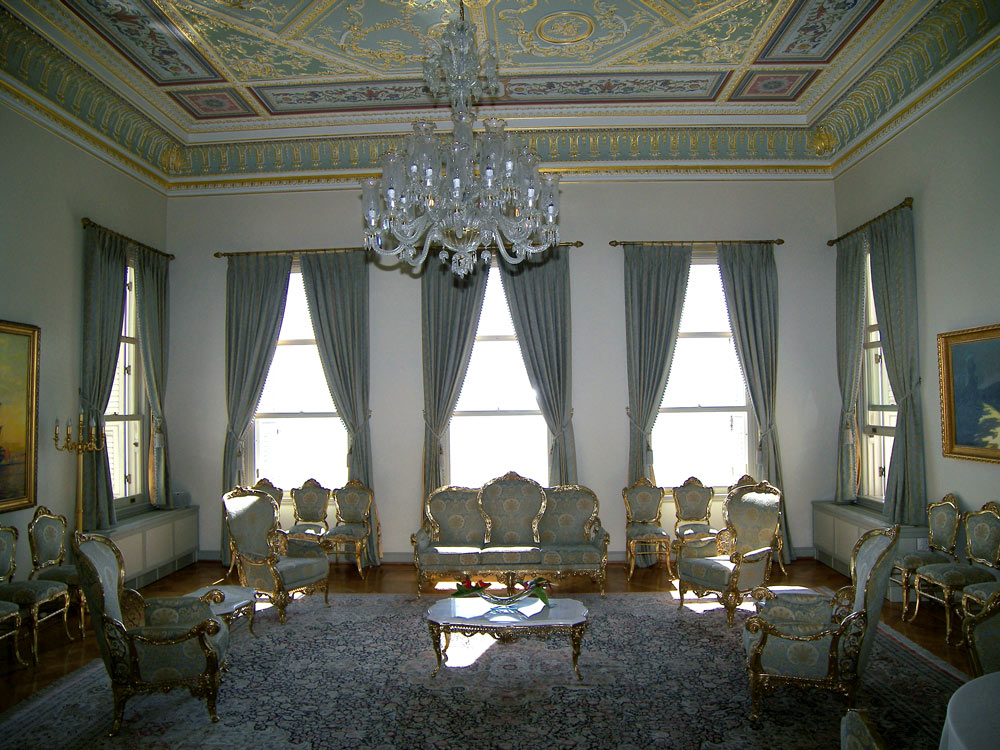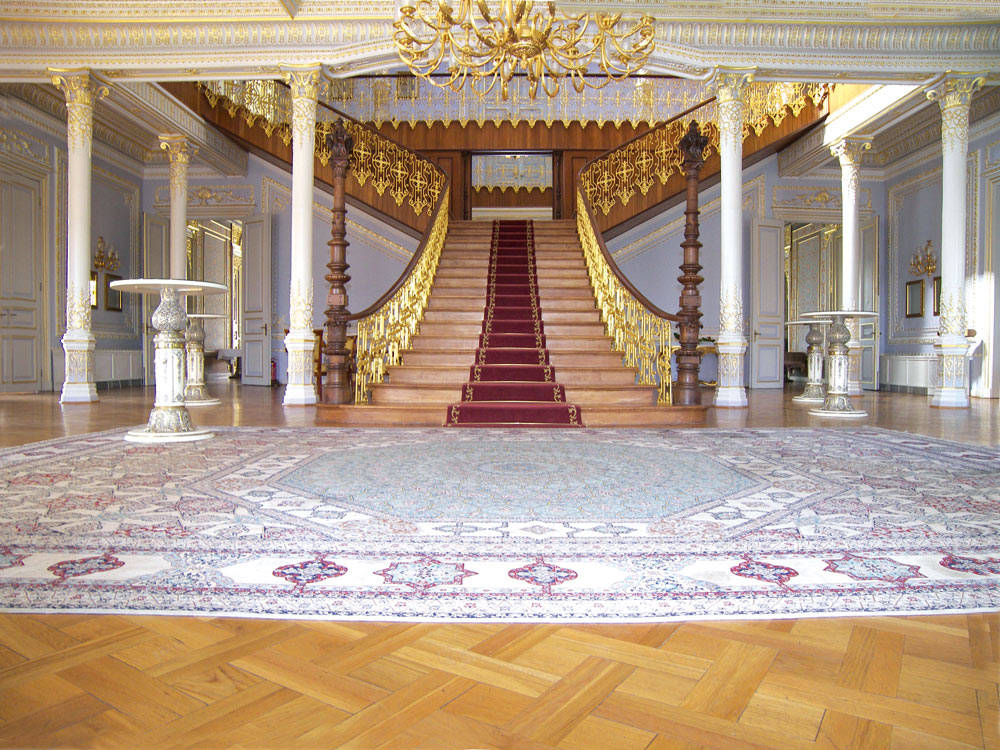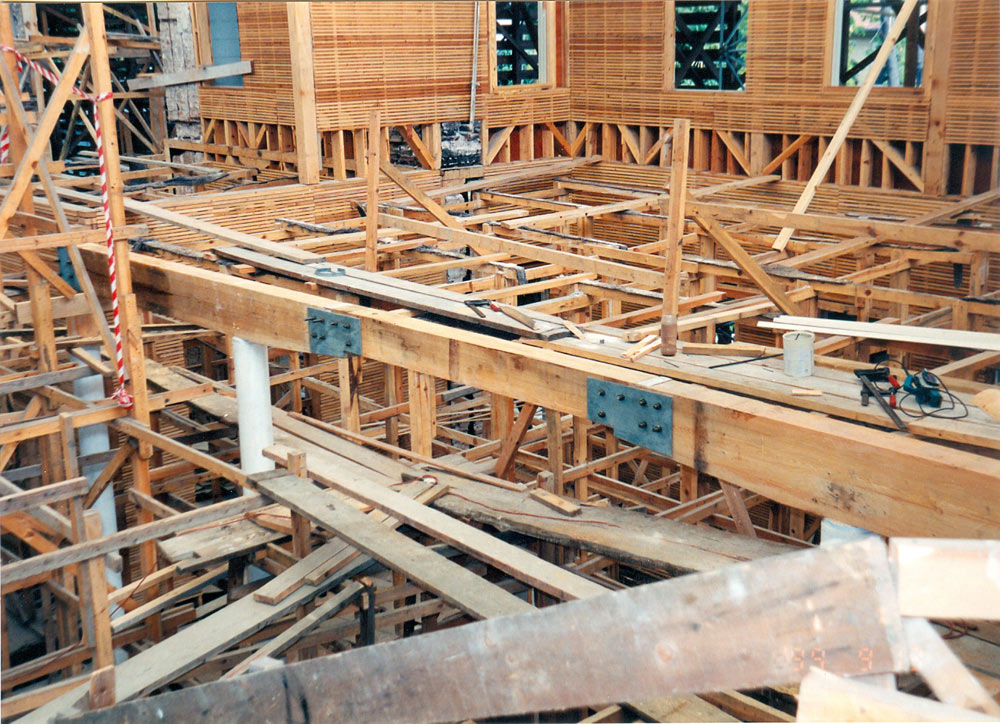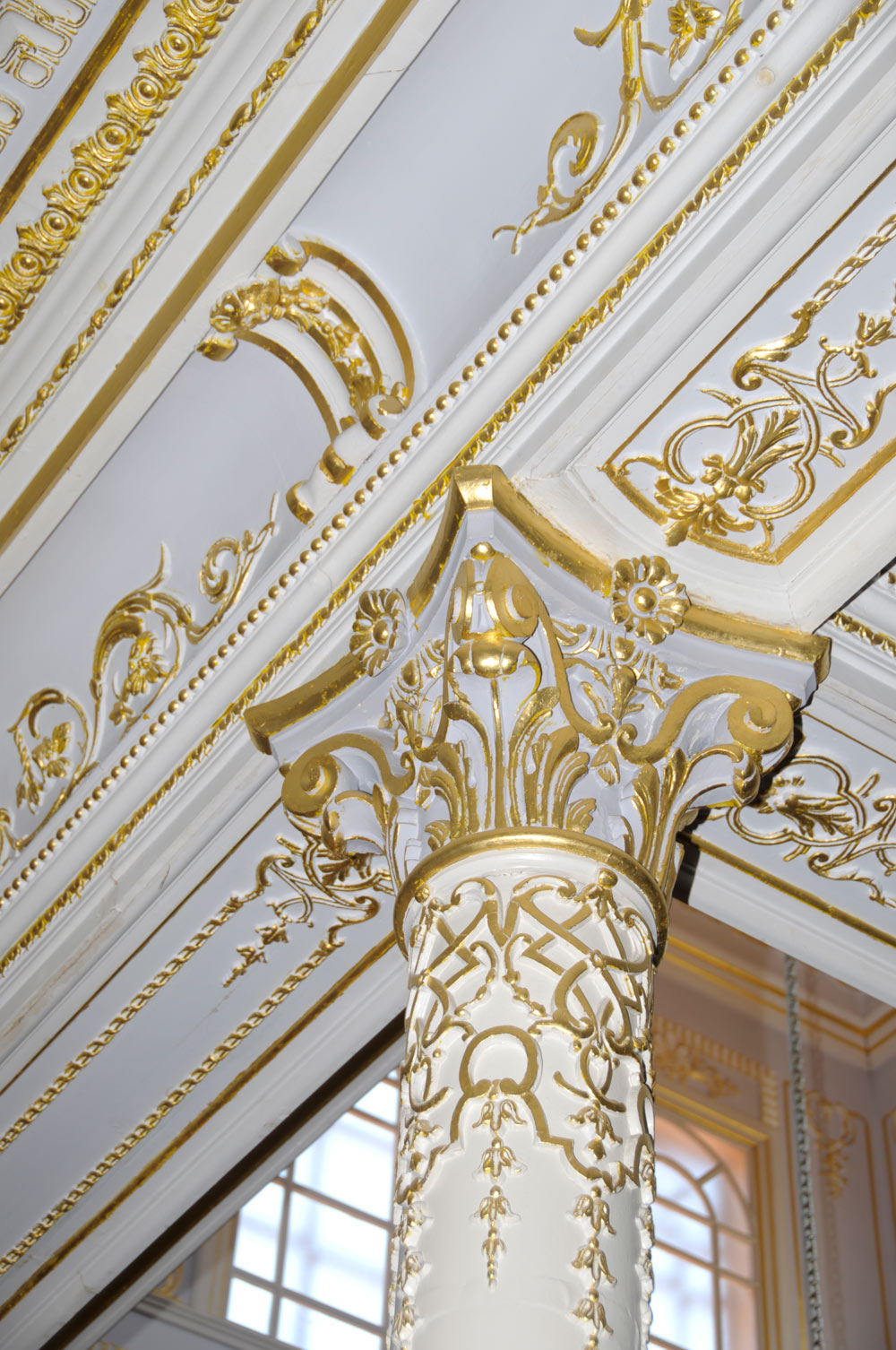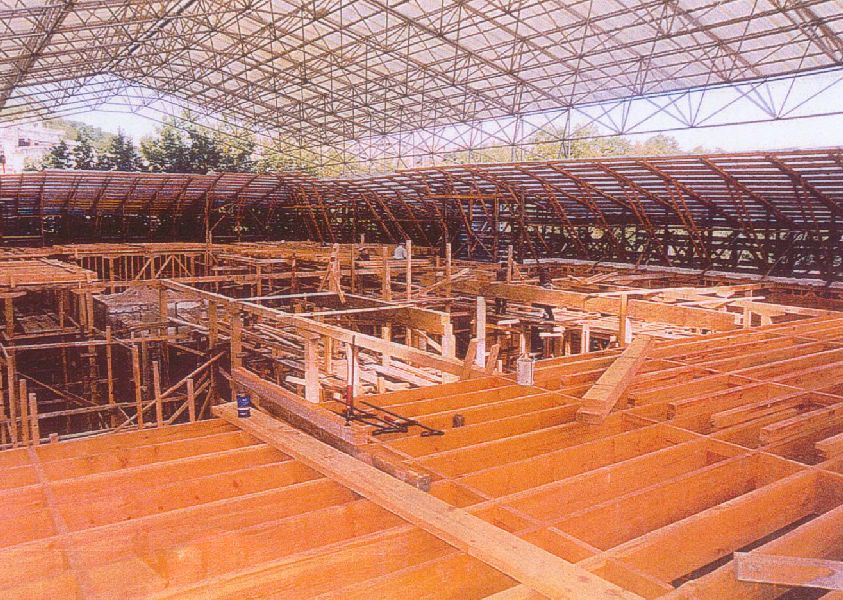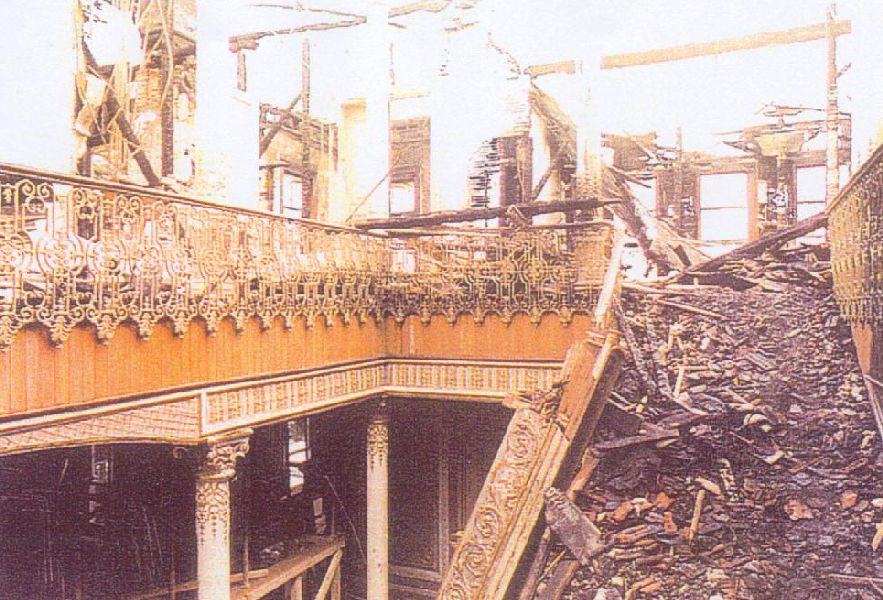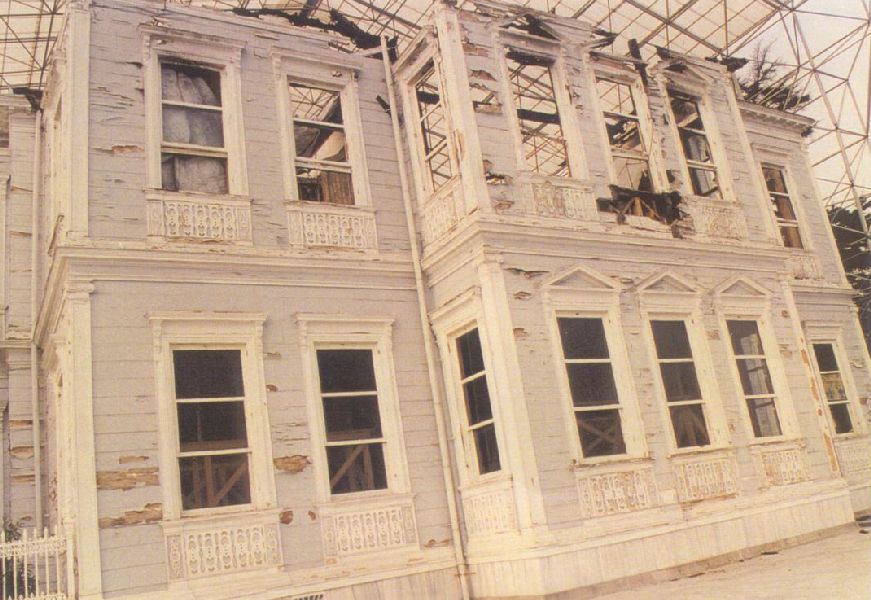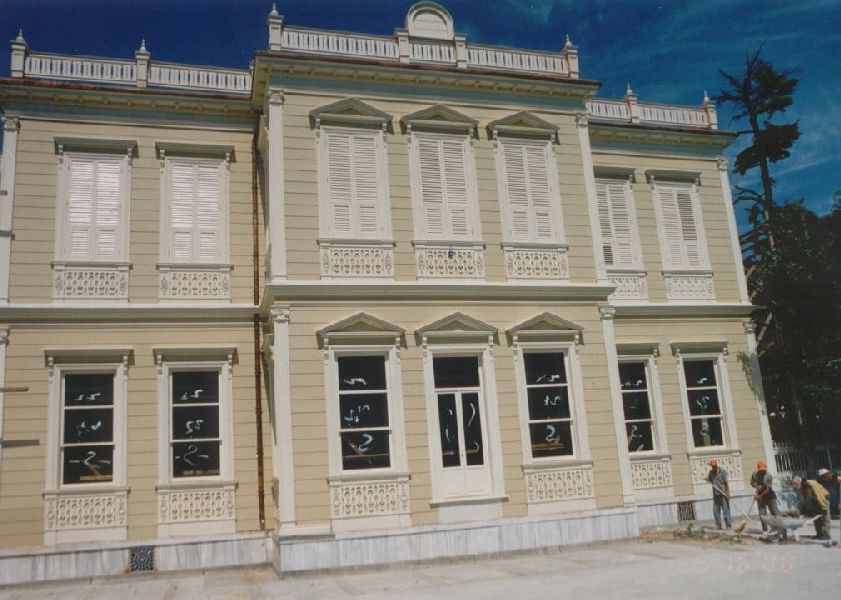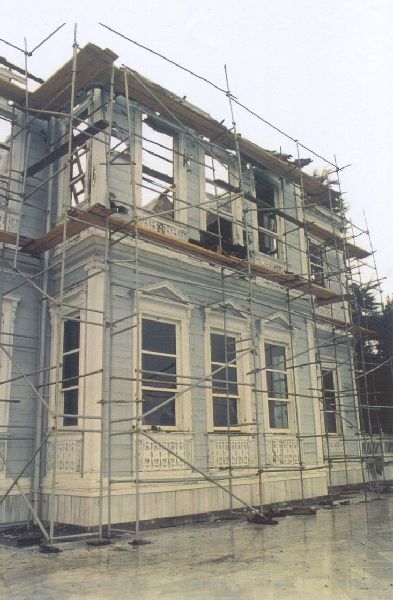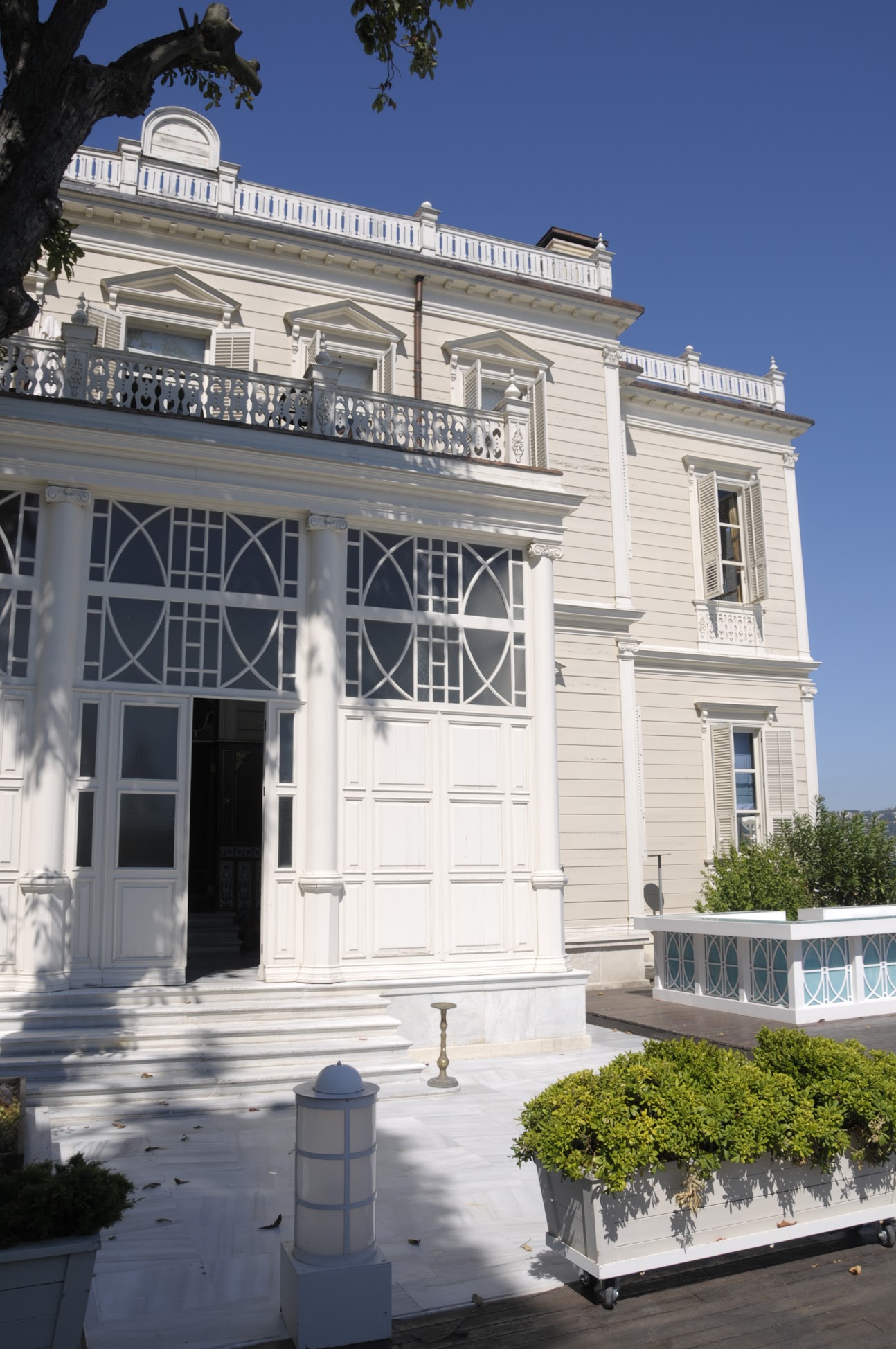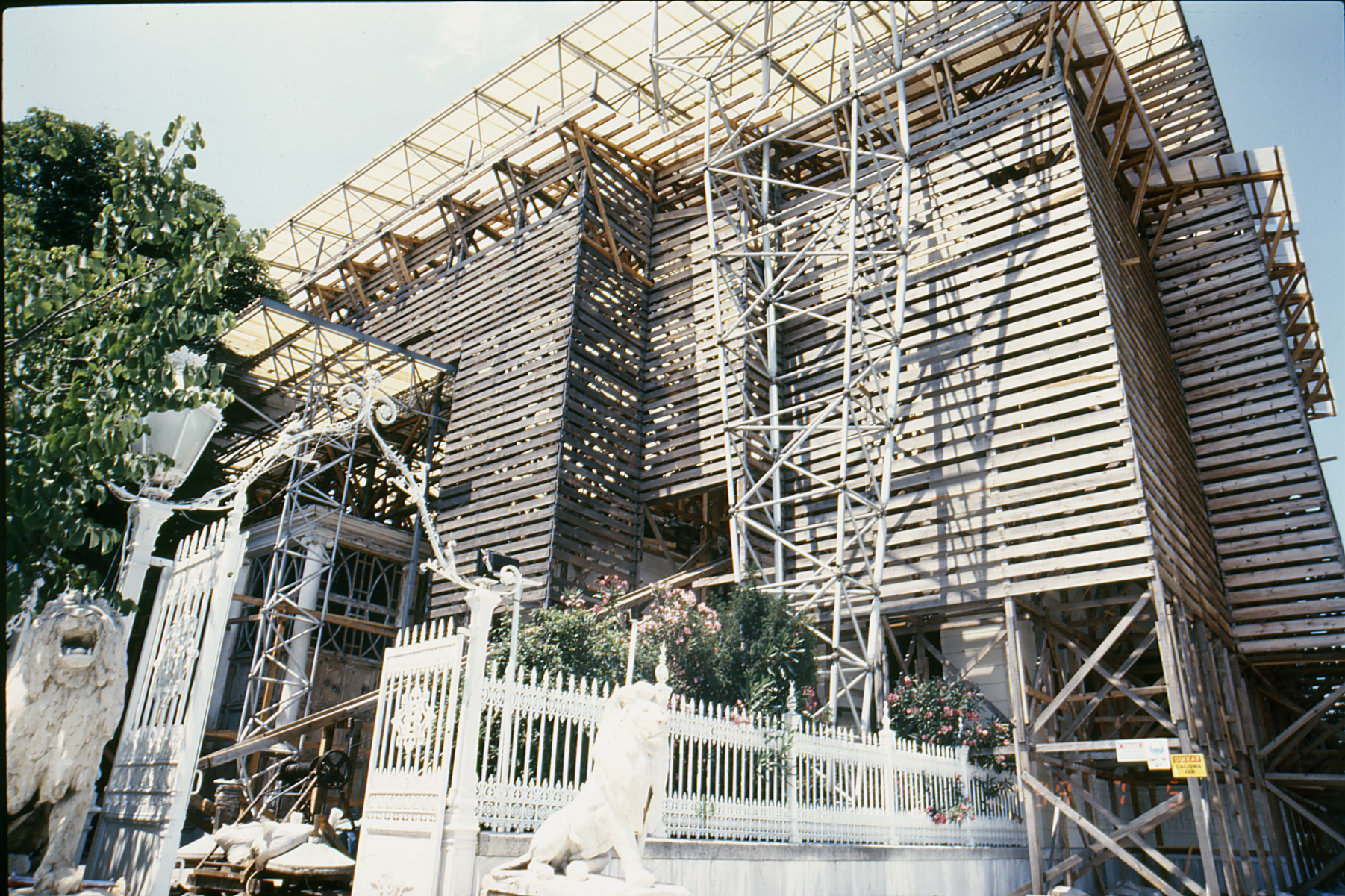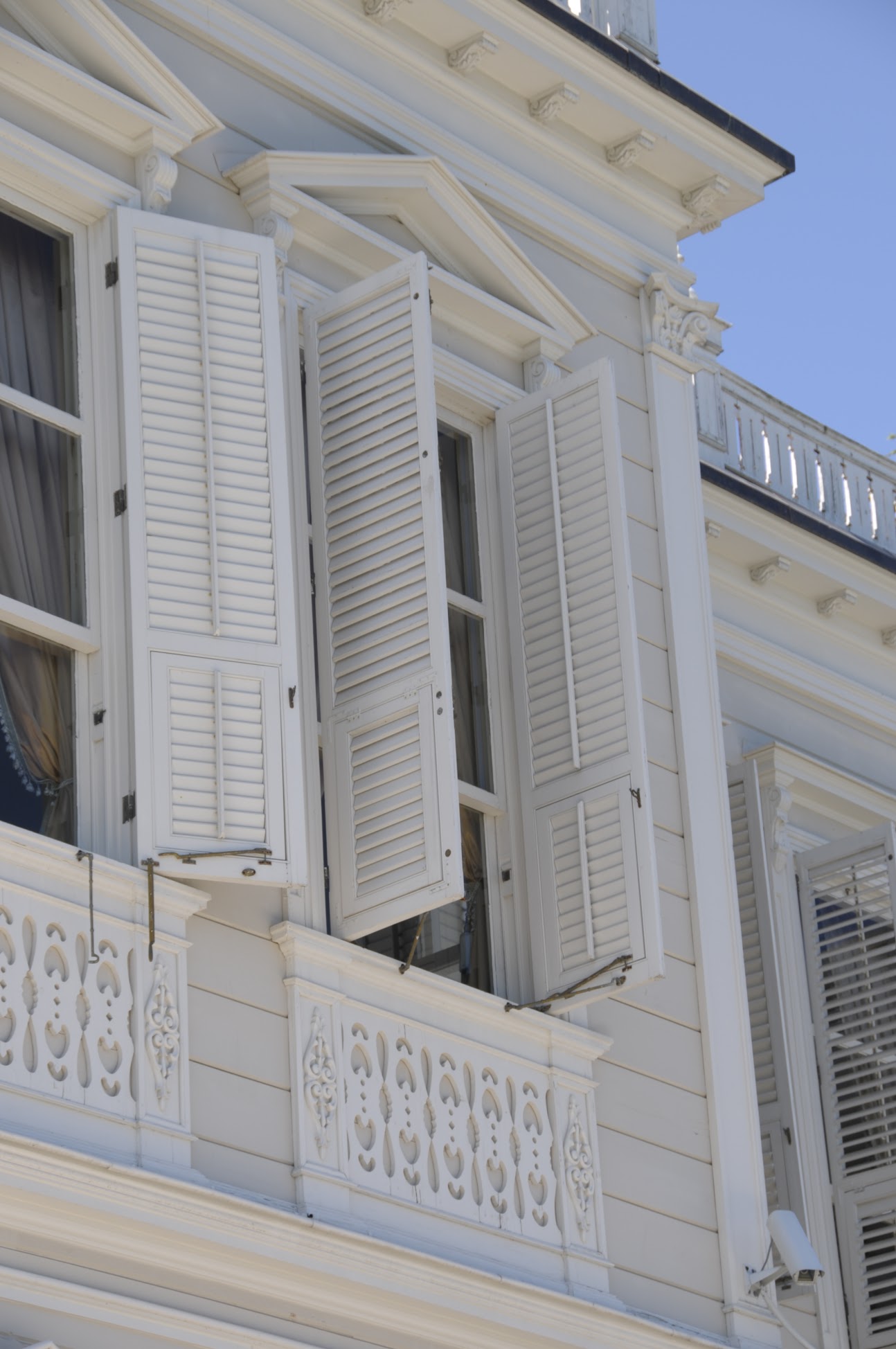SAIT HALIM PASHA MANSION
Sait Halim Pasha Mansion is located in the Yeniköy district of Istanbul, on Köybaşı Avenue. Built in the last quarter of the 19th century by architect Petraki Adamantini in the Neo-Classical style, the mansion is one of the rare architectural landmarks on the Bosphorus that has survived to the present day with its unique historical legacy. It is named after Sait Halim Pasha, who served as Minister of Foreign Affairs and Grand Vizier in the Ottoman Empire.
The mansion holds a prominent place in history. The Turkish-German alliance that led to the Ottoman Empire’s entry into World War I was signed in the mansion’s central hall, known as the orta mekân, in 1914. Around the same period, prominent statesmen, politicians, writers, poets, and intellectuals frequently gathered here.
Constructed as a timber-framed masonry structure, the mansion resembles a small coastal palace with its rich interior decoration. It consists of two floors above a basement. The façade reflects the influence of the Empire style, while the interiors display arabesque and eclectic design elements. The harem (private quarters) and selamlık (men’s reception area) are located under the same roof on the waterfront façade, the right side housed the harem, and the left, the selamlık.
Originally, the garden extended in terraces up to the wooded hills behind the mansion. However, with the construction of the coastal road, the bridge connecting the garden to the grove was demolished, severing the connection. At the entrance, a large painting by the Venetian artist Clement is displayed.
The first known owner of the mansion was Aristarhis, a banker representing the Greek community in Istanbul. In the late 19th century, Sait Halim Pasha purchased the mansion from Aristarhis and had it renovated by a master builder named Papa Kalfa. During this renovation, the central staircase, rooftop lantern, and waterfront balcony were added.
In 1971, the mansion was officially registered as a protected monument by the Supreme Council of Antiquities and Monuments. It was later used by the Turkish Development Bank and then served as a summer residence for the Prime Ministry. In 1995, while serving as the official guesthouse of the Prime Minister, a fire broke out, damaging the building.
Restoration work was carried out between 1999 and 2002 under the supervision of Prof. Dr. Doğan Kuban, using the original 1860s design as a reference. In 2005, the mansion’s operating rights were transferred to the private sector for 49 years, to be used as a venue for weddings, meetings, and receptions. Today, it continues to host various events in the same function.
As ALBA İnşaat, we completed the restoration of the mansion between 1999 and 2002.

